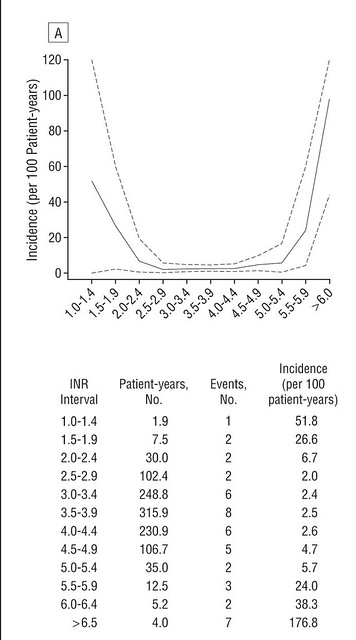RobThatsMe
Well-known member
I thought this information was worth sharing, and wanted to pass this on, as I found it on another site.
The new FDA approval indicates a 1.5 - 2.0 INR range for the On-X mechanical aortic valves, but as always, read the info, and check with your doctor.
FDA Approval: On-X aortic valves with less warfarin
The new FDA approval indicates a 1.5 - 2.0 INR range for the On-X mechanical aortic valves, but as always, read the info, and check with your doctor.
FDA Approval: On-X aortic valves with less warfarin




